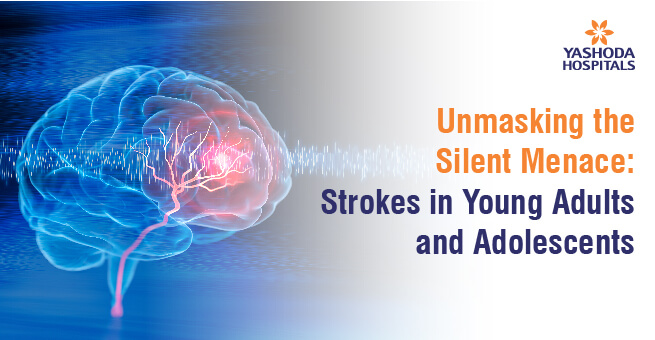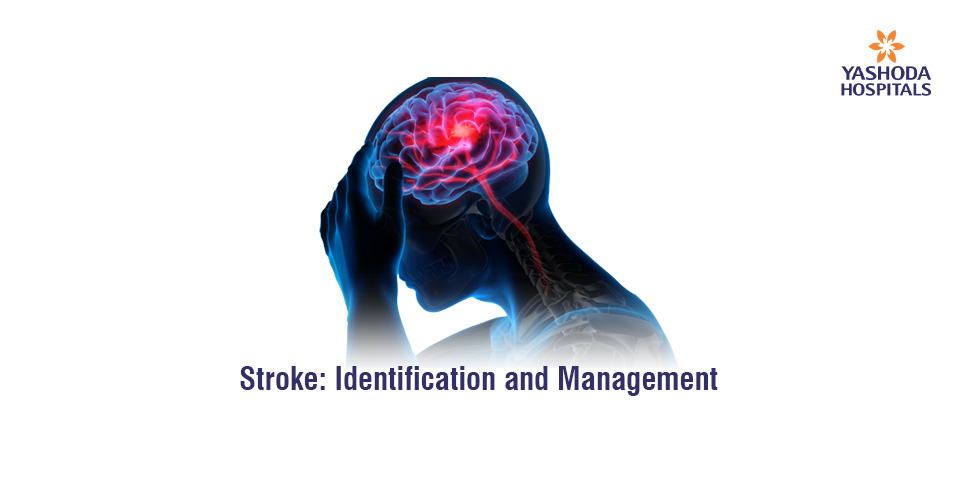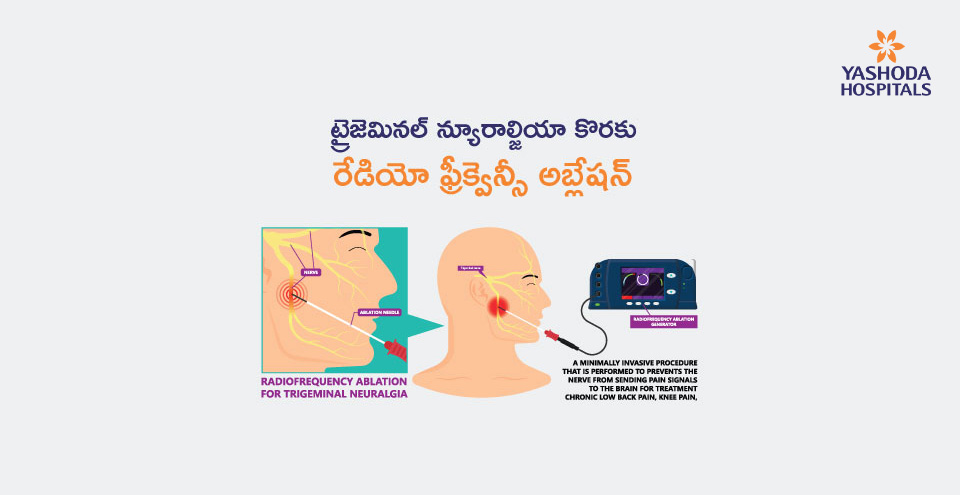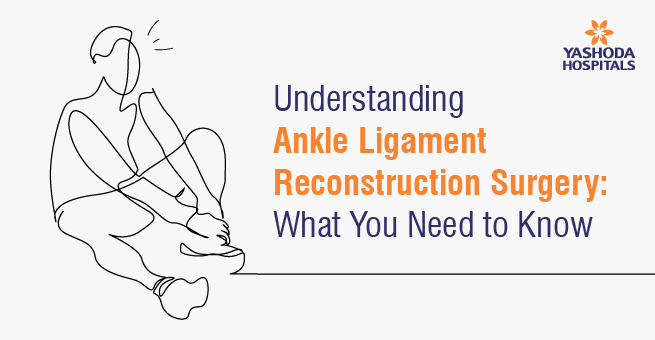How to diagnose and treat Piriformis Syndrome?

Managing piriformis syndrome requires a comprehensive approach
When the piriformis muscle compresses the sciatic nerve there is the condition of piriformis syndrome. The piriformis muscle is located on top of the hip joint and facilitates in lower body movement. This muscle also stabilizes your hip joint, lifts and rotates the thigh. While you are walking, piriformis muscle helps in maintaining the balance, and shifts the body’s weight from one foot to another. The sciatic nerve passes alongside the piriformis muscle and moves towards the back of the leg to divide into smaller nerves of the feet.
CAUSES
The piriformis muscle starts at the lower spine and connects to the upper surface of each femur (thighbone). It runs diagonally with the sciatic nerve. The exact causes of piriformis syndrome are unknown. However, certain muscle related problems like muscle spasm, tightening, swelling and bleeding are considered to cause piriformis syndrome. The muscle swelling associated with piriformis syndrome may affect the adjacent sciatic nerve to result in pain, tingling or numbness in the thigh, calf or foot.
SYMPTOMS
The symptoms of piriformis syndrome include painful buttocks and pain radiating to thigh, calf and foot (sciatica), pain while walking up stairs and across the hip joint. You may also experience pain while walking up stairs and increased pain after prolonged sitting.
RISKS AND COMPLICATIONS
Risk factors for piriformis syndrome may include inflammation, trauma, Hematoma and Scar formation. You are also at the risk of cysts, tumors and pseudo-aneurysms. Swelling of the leg and deep venous thrombosis are possible complications of the piriformis syndrome.
TESTS AND DIAGNOSIS
The doctor examines your legs and hip region. You are asked to move your legs and walk to observe possible increase in low back pain or lower extremity pain (sciatica pain). Local tenderness and muscle strength are also observed for possibility of sciatica pain. Your complete medical history is recorded for study. Most specially, your family’s history of arthritis is observed.
TREATMENTS
Piriformis syndrome is managed in different ways. You can get relief from the pain by placing an ice pack or heating pad on the affected area. You can avoid ice pack or heating pad burns by limiting the therapy time to 8 to 10 minutes, and repeating the therapy every 2 to 4 hours. The doctor may also recommend electrotherapy which helps to block pain and reduce muscle spasm.
Read more about Piriformis Syndrome symptoms, causes and treatment
If you find any of the above mentioned Symptoms of Piriformis Syndrome then
Book an Appointment with the best orthopedician in hyderabad




















 Appointment
Appointment Second Opinion
Second Opinion WhatsApp
WhatsApp Call
Call More
More





